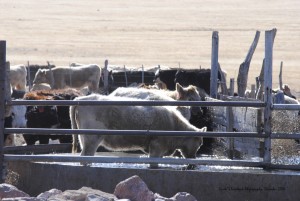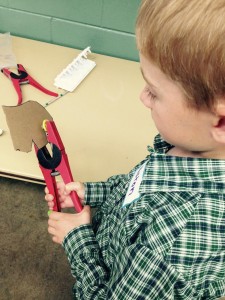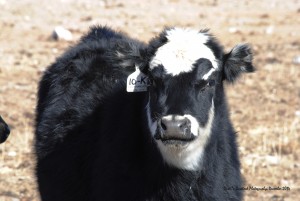According the the High Plains Journal, Kansas hay trade is slow;
“Demand is moderate for dairy alfalfa, light to moderate for grinding alfalfa and alfalfa pellets and grass hay, according to the Kansas Department of Agriculture-USDA Market News Service, May 5. Prices given on a per-ton basis, unless otherwise noted”.
North Central/Northeast
Dairy/grinding alfalfa, prairie hay and brome steady. Movement slow. Horse alfalfa, $300, some $8-$9/small square bale; supreme dairy, $1/point RFV, $185-$220, an instance new crop $1.10/point RFV; premium, $170-$195; fair/good stock cow, $1/point RFV; utility/fair grinding alfalfa, edge of the field, $85-$95; ground and delivered, $130-$145. Good bluestem grass hay, small squares, $5-$6/bale, $120-$135, medium squares, $80-$100, large rounds, $45-$70, mostly $50-$60. Brome, good, small squares, $6-$7/bale, $130-$145/ton, medium squares, $100-$120, large rounds, $25-$50/bale, $60-$80/ton. CWF Grass mulch, large rounds $60-$65. Straw, good small squares $4 or $4.50-$5/bale delivered, large bales $60-$70/ton. Good sudan, large rounds, $70-$75; fair, $60-$65.
More information can be found at http://www.hpj.com/hay_range_pasture/kansas_hay_market/
Source: Kansas Department of Agriculture-USDA Market News Service, Dodge City, Kansas.






